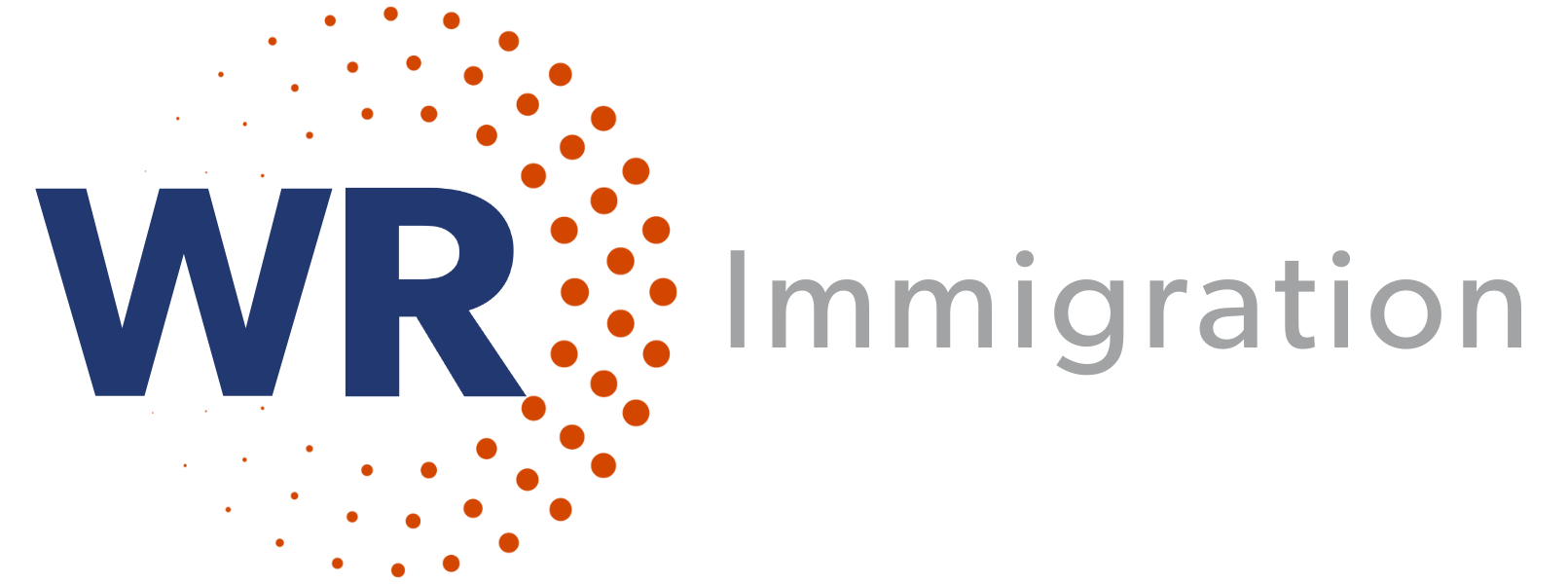In this edition, find the latest news on the USCIS follow-up on international student issues, HHS poverty guidelines, DOS’s ‘’Welcome Corps’ and more!
USCIS Provides Follow-Up Q&A on International Student Issues
U.S. Citizenship and Immigration Services (USCIS) provided questions and answers following a webinar presented by the Office of the Citizenship and Immigration Services Ombudsman in August 2022 on international student issues.
Topics include maintaining F-1 status and Optional Practical Training (OPT), applications for employment authorization, Systematic Alien Verification for Entitlements, the Student and Exchange Visitor Information System, changes of address, and COVID-19-related issues.
Details:
- USCIS Follow-Up Q&A. https://www.dhs.gov/sites/default/files/2023-01/Q%26A%20-%20international%20student%20engagement%208.25.22.pdf
HHS Issues Poverty Guidelines for 2023
The Department of Health and Human Services (HHS) issued updated poverty income guidelines for 2023 to account for 2022’s increase in prices as measured by the Consumer Price Index. Several federal programs use the poverty guidelines as an eligibility criterion.
As in prior years, the 2023 guidelines “are roughly equal to the poverty thresholds for calendar year 2022 which the Census Bureau expects to publish in final form in September 2023,” HHS said. As an example, the 2023 poverty guidelines for the 48 contiguous states and the District of Columbia (DC) are $14,580 annually for a household of one person and $19,720 for a household of two. For families/households with more than eight persons, the guidelines add $5,140 for each additional person. The Alaska and Hawaii guidelines differ from those for the 48 contiguous states and DC.
Details:
- Annual Update of the HHS Poverty Guidelines, 88 Fed. Reg. 3424 (Jan. 19, 2023). https://www.govinfo.gov/content/pkg/FR-2023-01-19/pdf/2023-00885.pdf
DOS Launches ‘Welcome Corps’ for Private Sponsorship of Refugees
The Department of State (DOS), in collaboration with the Department of Health and Human Services, announced the launch of “Welcome Corps,” a new private sponsorship program to welcome refugees arriving through the U.S. Refugee Admissions Program (USRAP) and support their resettlement and integration into the United States. The initiative is pursuant to President Biden’s Executive Order 14301, “Rebuilding and Enhancing Programs to Resettle Refugees.”
The Welcome Corps “creates new opportunities for everyday Americans to engage directly in refugee resettlement through private sponsorship, independent of and complementary to existing avenues for volunteering with resettlement agencies,” DOS said. Groups of at least five U.S. citizens or permanent resident adults will be able to apply to the Welcome Corps to privately sponsor the resettlement of refugees in the United States. Private sponsors will be responsible for independently raising funds and directly providing essential assistance to refugees for their first 90 days in their new community, DOS said. Such assistance includes helping refugees find housing and employment, enrolling children in school, and connecting refugees to essential services in the community.
In the first year of Welcome Corps, DOS will seek to mobilize 10,000 Americans as private sponsors for at least 5,000 refugees. If more than 10,000 individual Americans join the Welcome Corps in 2023, DOS will seek to pair additional private sponsors with refugees. DOS said it is funding a consortium of nonprofit organizations with expertise in welcoming, resettling, and integrating refugees into U.S. communities to support the Welcome Corps.
Details:
- DOS statement, https://bit.ly/3wkiC3n
- Welcome Corps website, https://welcomecorps.org/
DHS Streamlines Deferred Action Process for Immigrant Workers Participating in Labor Enforcement Investigations
The Department of Homeland Security (DHS) announced on January 13, 2023, that noncitizen workers who are victims of or witnesses to the violation of labor rights can now access a streamlined and expedited deferred action request process. DHS explained that deferred action “protects noncitizen workers from threats of immigration-related retaliation from the exploitive employers.” Effective immediately, DHS said, the process “will improve DHS’s longstanding practice of using its discretionary authority to consider labor and employment agency-related requests for deferred action on a case-by-case basis.”
A centralized intake process “will allow DHS to efficiently review these time-sensitive requests, provide additional security to eligible workers on a case-by-case basis, and more robustly support the mission of labor agencies,” DHS said. Non-citizens can submit such requests to U.S. Citizenship and Immigration Services (USCIS) through a central intake point established to support labor agency investigative and enforcement efforts. In addition to satisfying individual criteria to facilitate case-by-case determinations, requests for deferred action submitted through this centralized process must include a letter from a federal, state, or local labor agency asking DHS to consider exercising its discretion on behalf of workers employed by companies identified by the agency as having labor disputes related to laws that fall under its jurisdiction.
DHS said that for a deferred action request from a noncitizen who is in removal proceedings or has a final order of removal, upon reviewing the submission for completeness, USCIS will forward it to U.S. Immigration and Customs Enforcement (ICE) to make a final determination on a case-by-case basis. USCIS will consider all other deferred action requests on a case-by-case basis, and will consider all related employment authorization applications, including those related to deferred action requests decided by ICE.
Discretionary grants of deferred action under this process “will typically last for a period of two years, subject to termination at any time,” DHS said. Individuals granted deferred action may be eligible for employment authorization, which requires that they demonstrate an economic necessity for employment. They may also be eligible for subsequent grants of deferred action if a labor agency has a continuing investigative or enforcement interest in the matter identified in their original letter supporting DHS’s use of prosecutorial discretion, the agency said.
Workers can visit DHS.gov for additional information in English and Spanish and to submit requests.
Details:
- DHS press release, Jan. 13, 2023. https://www.dhs.gov/news/2023/01/13/dhs-announces-process-enhancements-supporting-labor-enforcement-investigations
- “DHS Support of the Enforcement of Labor and Employment Laws,” Jan. 13, 2023. https://www.dhs.gov/enforcement-labor-and-employment-laws
Premium Processing To Expand for EB-1 and EB-2 Form I-140 Petitions and Certain Students and Exchange Visitors
U.S. Citizenship and Immigration Services (USCIS) announced on January 12, 2023, that it is implementing the final phase of the premium processing expansion for Form I-140, Immigrant Petition for Alien Workers, under the EB-1 and EB-2 classifications.
Also, in March, USCIS will expand premium processing to certain F-1 students seeking Optional Practical Training (OPT) and F-1 students seeking STEM OPT extensions who have a pending Form I-765, Application for Employment Authorization. In April, USCIS will expand premium processing to F-1 students seeking OPT and F-1 students seeking STEM OPT extensions who are filing an initial Form I-765.
Petitioners who wish to request premium processing must file Form I-907, Request for Premium Processing Service. Beginning January 30, 2023, USCIS will accept Form I-907 requests for:
- All pending E13 multinational executive and manager petitions and E21 National Interest Waiver (NIW) petitions; and
- All initial E13 multinational executive and manager petitions and E21 NIW petitions.
USCIS said it will announce specific dates for each F-1 student group in February. USCIS anticipates expanding premium processing in May for certain student and exchange visitors with pending Form I-539 applications to extend or change nonimmigrant status, and in June for certain student and exchange visitors who are filing initial Form I-539 applications.
Details:


